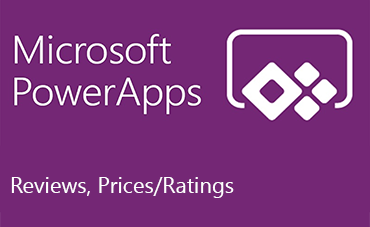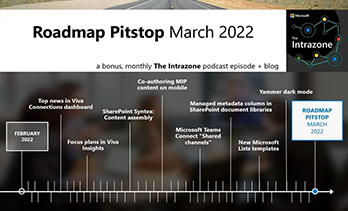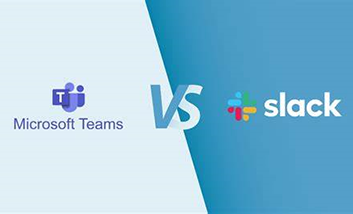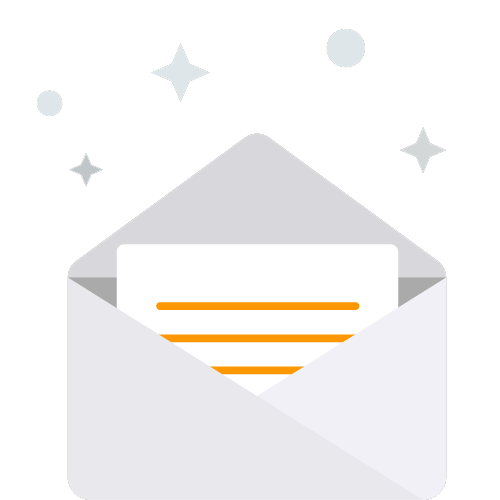Onboarding
Employee onboarding is a crucial use case for any platform for the digital workplace or the employee experience. There are many documents to fill out, team members to get to know, and information to learn when a new employee first starts working for a company. An effective onboarding strategy contributes to making that process for new hires as quick, easy, and friendly as possible. An onboarding program typically lasts from the time a person is employed through their first 90 days or so, but it can sometimes last longer, perhaps up to a year.
The employee experience includes employee onboarding as a key component. A strong onboarding program may considerably lower employee turnover and help talent retention, according to a wealth of statistics.
Before the first day, provide a protected SharePoint site.
Before starting employment, there is always a ton of paperwork to finish, information to submit, and reading to do when someone first confirms they are accepting a position. It normally helps to finish this before their first day so that everything is ready, such as setting them up on various platforms and ordering IT equipment. They might even get to meet their future coworkers and learn more about the business. A fantastic approach to delivering all the relevant information and papers, as well as constructing all the forms they must complete, is to create a protected SharePoint site that new hires may view before their first day on the job. The latter can assist IT and HR departments with all the pre-first day activities by using incorporated Microsoft Forms with Power Automate workflows. Instead of having a new hire spend their first day on the job filling out paperwork and reading forms, a dedicated, secure SharePoint portal can prove to be significantly more effective than using email.
Create a new hire hub on your SharePoint intranet.
TA SharePoint intranet frequently contains useful information that new employees need to know about the company and its processes, its strategy and values, tools, and apps, how to get things done, and so on. Intranet teams frequently choose to create a "new hire hub" that highlights all the content that is valuable for a new starter while also adding specific resources for the new starter community. This could include checklists of tasks for employees to complete, a welcome video from the CEO, or presentations used in onboarding and induction sessions. It may also show a calendar of all the milestones that an employee should be aware of during their first 30 days. A hub may also include links to the following elements: a task list, a Yammer community, policies, and learning resources. A new hire hub should ideally have targeted and personalized web parts to ensure that resources and links are relevant to the individual and their location, department, and role. Create a personalized set of tasks using automation and workflow When new employees begin working for a company, they are given numerous tasks to complete, such as forms to fill out, policies to read, learning to complete, and courses to attend. Aggregating all these tasks into a targeted list can be extremely beneficial in ensuring that the new starter stays on top of what needs to be done. Using customized development and Power Automate to deliver the right workflows, you can create a set of personalized tasks that appear in your SharePoint intranet. Building this into your intranet homepage will also keep them in front of the new employee's mind.
Obtain mandatory policy readings
When a person joins a company, there is often a lot of reading to do, some of which may be required. They may be required to read a professional conduct policy, an information technology policy, a social media usage policy, and a variety of other HR policies. They may also be required to read and digest some mandatory risk compliance procedures, which managers or HR functions must monitor to ensure they have been read and digested. SharePoint can help with both information dissemination and mandatory reads. You can use SharePoint document libraries to distribute companywide policies that must be read, as well as personalization, customized development, Power Automate flows, and Power BI reporting, to create a targeted mandatory reads capability in which the new starter confirms they have read a specific policy. Reporting allows a team manager or HR function to monitor completion.
Get feedback on your employee orientation program.
One important way to improve your employee onboarding program is to solicit feedback from new hires who have just completed it. Obtaining specific feedback and input can assist in identifying issues that need to be addressed, highlighting elements that are working well, and eliciting ideas for improvements. SharePoint can be used to solicit feedback in a variety of ways. You could embed a Microsoft form on a SharePoint page to ask specific questions or get more detailed feedback, or you could embed a Yammer community to start a discussion. SharePoint commenting can also be used to generate comments and ideas. Getting feedback, however you do it, can make all the difference and sends a positive message that user feedback is valued. Employee onboarding is a critical process in the employee experience that can have a direct impact on talent retention. Microsoft SharePoint is an excellent foundational technology for creating onboarding experiences as well as delivering related content and features. Please contact us if you'd like to discuss using SharePoint for your employee onboarding program.





